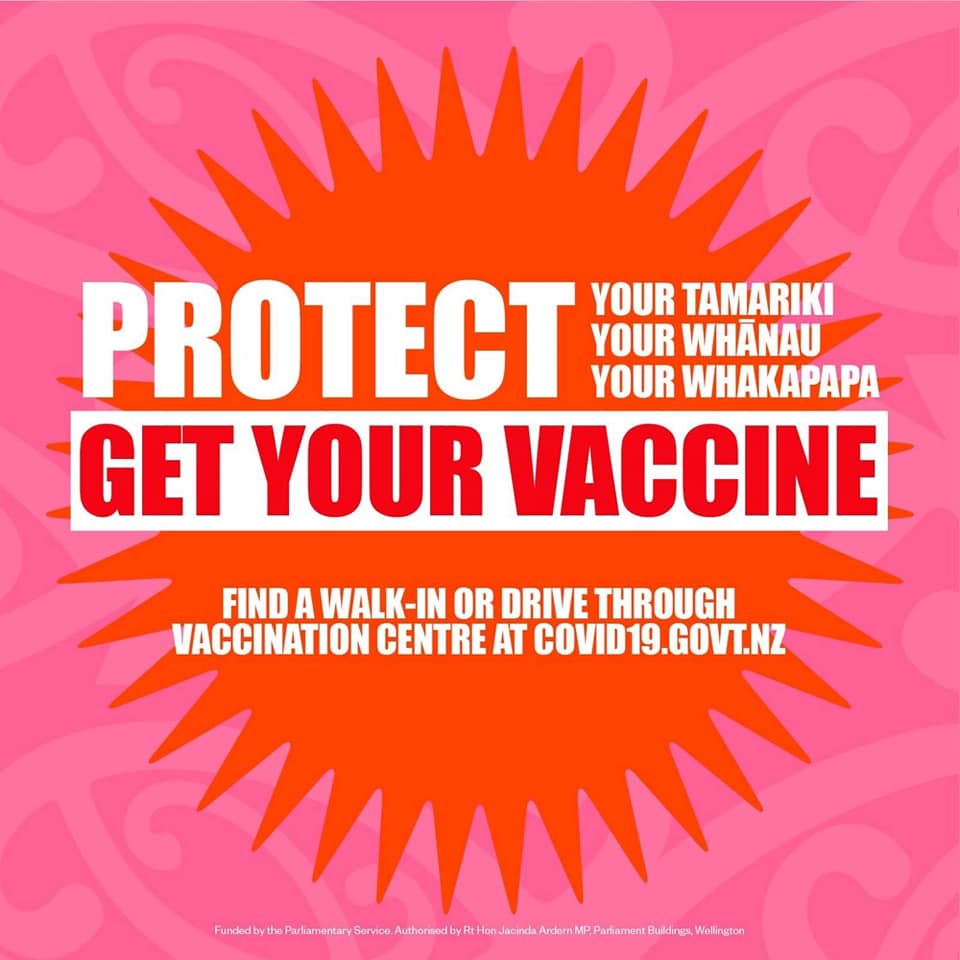Diseases occur due to lifestyle and persist for a chronic period known as lifestyle diseases, chronic diseases, or non-communicable diseases. If these diseases occur due to the wrong lifestyle of the people, Ayurveda, as the oldest science of life, always emphasizes maintaining health and preventing the diseases by following proper diet and lifestyle regimen rather than curing the disease by medicines.
-
- ‘Swasthyashya Swasthya Rakshanam’ means maintaining the healthy body’s health is the first goal of Ayurveda science.
- ‘Aturashya Vikara Prashamanancha’, which means to cure the diseases of the body by medicine, is described as the second goal.
To achieve a healthy life, Ayurveda introduces concepts such as ‘Dina Charya’ (Daily Routines / Habits), ‘Rithu Charya’ (Seasonal Routings/ Habits), ‘Prakurthi’ (Body Constitution), ‘Desha Sathmaya’ (suitable habits and foods to the conditions of living place), and ‘Kala Sathmaya’ (suitable habits and foods to the conditions of living time).
Therefore, as a science, Ayurveda has excellent potentials in preventing lifestyle disorders. Furthermore, physicians of Ayurveda medicine are much aware of the needful procedures for maintaining the health of healthy people and curing diseased individuals by using natural medicinal formulas.
HOW ARE LIFESTYLE DISEASES DESCRIBED IN MODERN SCIENCE? THE ACTUAL DEPTH.
- A disease associated with how a person or group of people lives is called a ‘Lifestyle Disease’. Examples of Lifestyle diseases are atherosclerosis, heart diseases, stroke, obesity, type 2 diabetes, chronic respiratory diseases, and diseases associated with smoking, alcohol, and drug abuse. According to the World Health Organization, Non-Communicable Diseases (NCD), including lifestyle disorders, kill approximately 40 million people each year.
- This is equivalent to 71% of all deaths globally, and more than 15 million people die from NCD between the ages of 30 and 69 years. Furthermore, 77% of all NCD deaths are in low- and middle-income countries, including India. Cardiovascular diseases such as heart attack and stroke account for most NCD diseases, and statistics show around 17.9 million people die annually. Thus, Cancer kills 9.3 million people, respiratory diseases kill 4.1 million people, and Diabetes kills 1.5 million people annually. Moreover, these groups of diseases account for over 80 % of all premature NCD deaths.
- On the other hand, these chronic diseases can result in loss of independence, years of disability, and impose a considerable economic burden on health services. By 2030, the percentage of global deaths due to chronic diseases is expected to increase up to 70% and the global burden of disease to 56 %. Thus, these diseases are closely linked with poverty due to their lengthy and expensive treatments and loss of income by the physical inactivity of the person. These facts show you the actual depth of the global picture of lifestyle diseases.
The main risk factors of NCDs are tobacco use, physical inactivity, an unhealthy diet, and the harmful use of alcohol, known as modifiable behaviours in modern science. Lifestyle diseases are potentially preventable with changes in the diet, daily routine, and environment. By practising a healthy lifestyle such as exercising regularly, following a healthy diet, not smoking, you can reduce 80 % of the risk of developing the most common chronic diseases. Therefore, health professionals now repeatedly carry the message that people need to adopt healthy behaviour and control body weight to remain healthy.
WHAT IS SAID IN AYURVEDA?
In Ayurveda, Acharya ‘Vagbhatta’ has mentioned about ‘Dinacharya’ that; ‘Those who always consume quality food and exercise properly, who analyses the situation and react accordingly, do not become over passionate, donate appropriately, remain balanced, speak the truth, have mercy and follow the guidance of elders remain healthy.
Dina means day & acharya means behaviour. It is the collective information of all the practices for promoting health and preventing disease that the ancient sages followed. Therefore, ‘Dinacharya’ is the achievement of perfect health by following everyday health and hygiene practices. Lifestyle interventions like diet, exercise, stress management, de-addiction on alcohol, smoking, and junk food play an important role in treating and managing diseases. Therefore, ‘Vihara Chikitsa’ (Lifestyle interventions) is a major Ayurvedic preventive and therapeutic approach for health. Because of that, patients get to do and not do list along with drug prescriptions in Ayurveda medicine. However, Ayurveda highly recommends you follow the ‘Thidosa’ theory and ‘Prakurthi’ (please read part 2 of my ‘Explore Ayurveda’ article for more details) when you select your food and physical activities.
STEPS FOR AN AYURVEDIC DAILY LIFESTYLE:
- A person should wake up between 4 a.m. and 5 a.m.
The 2 hours before sunrise is supposed to be the purest of the day. This is described as ‘Brahmamuhurtha Jagarana’. Some text, suggests that waking up at the ‘Brahma Moorthi’, known as the period of 48 minutes, begins 1 hour 36 minutes before the sun rises and ends 48 minutes before it. Considering modern, fast and stressful lifestyles, Ayurvedic physicians refer to the wake-up time according to your body constitutions/’Prakurthi’ as follows,
-
-
-
- for Vata – 30 min. Before sunrise
- for Pitta – 45 min. Before sunrise
- for Kapha – 90 min. before sunrise
-
-
- Be sure to eliminate the body’s waste products at dawn to avoid illness.
You should not hold stool or urine when you feel like passing it away. Eliminating the body’s waste product early in the morning will help you have a good meal by having proper ‘Agni’ (having a good amount of HCL and other dietary secretions).
- Wash your face & eyes with water, warm decoction, etc.
Put 1 to 2 drops of Anu oil in your nostrils to clear sinuses.
- Exercise early in the morning to keep diseases away.
Ayurveda recommends practicing Yoga exercises early in the morning. This will help improve your lungs’ health and have good blood circulation. In addition, as ‘yoga’ exercises to stimulate your endocrine glands and nervous system in a good way, your body will be able to control your blood sugar, cholesterol, and blood pressure levels.
- Consider getting an oil massage regularly to delay aging.
Ayurveda recommends getting an oil massage from head to toe, and there are special ‘Marma’ (particular vital points/ pressure points) which should press with deep pressure during massage. For Vatha and Pitha bodies, Sesame oil and Ghee oil will be more beneficial. ‘Thripala’ oil and ‘Nirgundyadi’ oil are widely used for head massages in Sri Lanka.
- Eat a light breakfast as per ‘Ahara Vidhi Vidhana’.
This habit will help you to improve your ‘Agni’. We discussed in our previous articles how ‘Agni’ is essential for all body’s physiological functions. Always your lunch should be full of nutrients. In the present days, we used to skip our lunch and take a heavy meal for dinner, leading to several NCD diseases.
According to climate seasons, Ayurveda describes foods called ‘Rithu Charya’, which you should have as follows,
-
-
- In Autumn – more sweet, sour, and salty foods. Soft foods garnished with oil or butter, oatmeal, cream wheat, creamed rice, steamed vegetables, stews, and soups are preferred for this season. This is one of the best times of the year to enjoy meat and eggs.
- In Spring – light, dry, and less oily foods. The pungent, bitter and astringent taste foods. A variety of legumes, cabbage, broccoli, cauliflower, onions, garlic, chili, pepper, tofu, freshwater fish, and boiled eggs are recommended as appropriate food during spring.
- In Summer – soft, cold (not an artificial cooled, the foods which have cooling energy), sweet and more watery foods. Should select easily digestible foods. Coconut water, lime, lemon, and watermelon juices, leafy greens like watercress, spinach, kale, cucumber, berries are recommended for this season.
- In Winter – hot, spicy, oily, and well-cooked foods. Natural cold press oils, Ghee, and white butter are highly recommended for this season.
-
- Try to obtain gainful employment that fits your type.
It is imperative as your work and physical movement directly impact your physical and mental health.
- Plan to have a light dinner between 6 p.m. and 7 p.m.
This will help your body digest food well before you sleep, and it will lead to good sleep for you at night.
- Try to go to bed at about 10 p.m. to get at least 7 hours of sleep.
Sleep is essential for balancing physiological and psychological functions in your body.
Ref:
Tabish S.A. (2017) Lifestyle Diseases: Consequences, Characteristics, Causes and Control. Journal of Cardiology Current Research, 9(3): 00326. DOI: 10.15406/jccr.2017.09.00326.
WHO (2021) Non-communicable diseases, https://www.who.int/news-room/fact sheets/detail/ non communicable- diseases.
Maskari F. A. (2021) Lifestyle diseases: an economic burden on the health services. https://www.un.org/en/chronecle.
Savita & Sharma A. K. (2020) The role of dinacharya in the longevity of life, 9(6), pg 47-48, Issn no 2277-8170, DOI: 10_36106/ijsr
Your comments and interesting areas are welcome to discuss Ayurveda aspects. Please Email: mnsperera80@gmail.com
Dr (Mrs.) Nadeeka S. Perera, MPA (PIM-SJP-SL), BAMS(UOC-SL), Dip. In Counselling (IOP-SL).
Ayurvedic Physician, Dunedin, New Zealand








